-
June 10, 2020
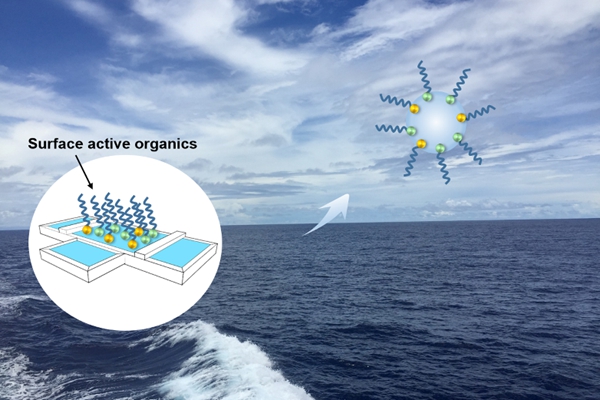
June 10, 2020
Prof. Du Lin's Research Group Make New Progress in the Field of Marine Aerosols
Recently, Professor Du Lin's research group from the Environment Research Institute, published their latest work entitled "Understanding the Interfacial Behavior of Typical Perfluorocarboxylic Acids at Surfactant-Coated Aqueous Interface" in Journal of Geophysical Research: Atmospheres. Professor Du Lin is the corresponding author, and Ph.D. candidate Cheng Shumin is the first author of the art...
-
June 8, 2020
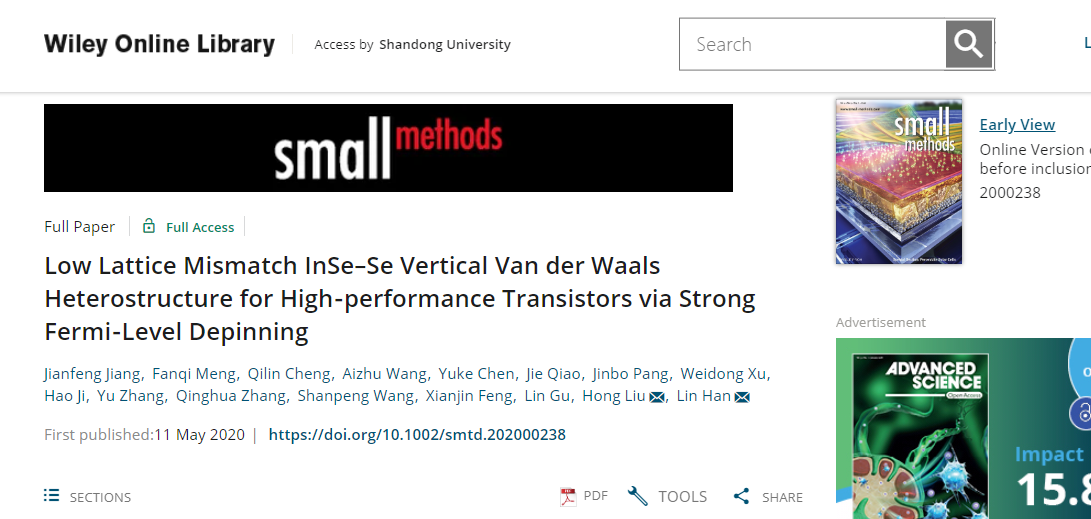
June 8, 2020
Prof. Han Lin's Group in IMST Achieve New Progress in InSe-Se Heterostructure Electronic Devices
Recently, Prof. Han Lin’s in Institue of Marine Science and Technology has achieved new progress in low lattice mismatch (1.1%) InSe-Se heterostructure devices, whichprovides a highly valuable strategy to improve the contact condition of metal/2D semiconductors for high-performance, 2D-based electronics and optoelectronics. This result---“Low Lattice Mismatch InSe–Se Vertical Van der WaalsHe...
-
June 3, 2020

June 3, 2020
Dr. Wang Yunkun Publishes Monograph Related to Membrane Separation Technologies in Springer Nature
Recently, associate professor Wang Yunkun, from the School of Environmental Science and Engineering, Shandong University, published his monograph entitled Development of Novel Bioelectrochemical Membrane Separation Technologies for Wastewater Treatment and Resource Recoveryin Springer Nature.This book contain seven parts, covering the theory of electrochemical membrane technology, in-situ utili...
-
June 1, 2020
June 1, 2020
Prof. Xiang Fengning's Research Group Make Advances in the Mechanism Underlying Cytokinin-Regulated Shoot Regeneration
Recently, a research article entitled "The Type-B Cytokinin Response Regulator ARR1 Inhibits Shoot Regeneration in an ARR12-Dependent Manner in Arabidopsis" was published on the top journal The Plant Cell. Dr. Liu Zhenhua, Dr. Dai Xuehuan, and Dr. Li Juan are co-first authors; Prof. Xiang Fengning is the corresponding author. The key laboratory of plant development and environmental adaptation ...
-
May 26, 2020
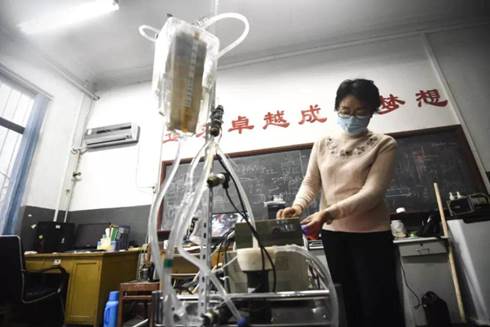
May 26, 2020
Shandong University Researchers Develop ECMO Proto Device in Aid of Fighting COVID-19
After the COVID-19 outbreak, the name ECMO (Extracorporeal Membrane Oxygenation)has caught the eyes of the public. Regarded as the last resorts to save severe COVID-19 patients, ECMO is used to sustain breathing for patients with severe cardio-pulmonary failure by providing continuousextracorporealrespiratory and circulatory assistance. As a top-level life-supporting equipment, ECMO is seen rat...
-
May 21, 2020
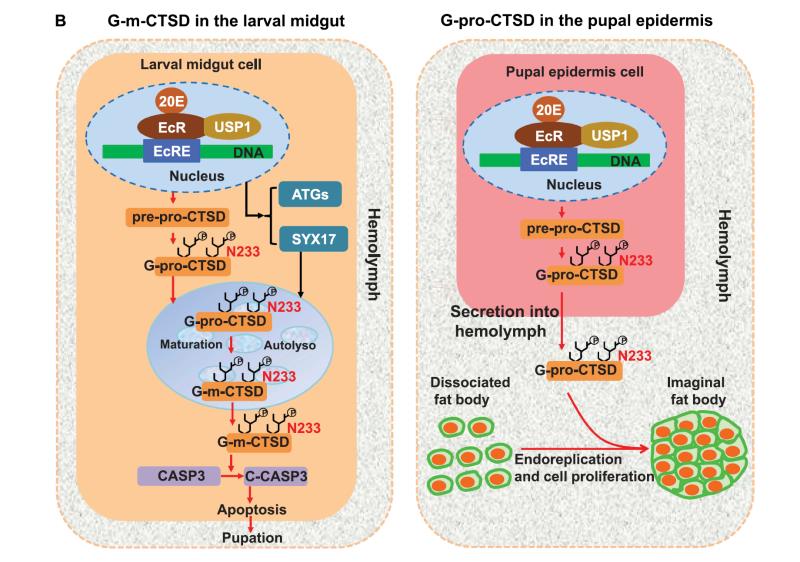
May 21, 2020
Prof. Zhao Xiaofan's Group Reveal the Dual Function of Cathepsin D in Tissue Remodeling of Insect Metamorphosis and its Regulatory Mechanism
CTSD/CathD/CATD (cathepsin D) is a lysosomal aspartic protease that digests discarded proteins in lysosomes to maintain cell health. CTSD also has dual functions of pro-apoptotic and pro-proliferation under different physiological and pathological conditions, i.e., entering the cytosol in a mature form (m-CTSD), causing apoptosis to extracellular in a pro-enzyme (pro-CTSD) and promoting cell pr...
-
May 18, 2020
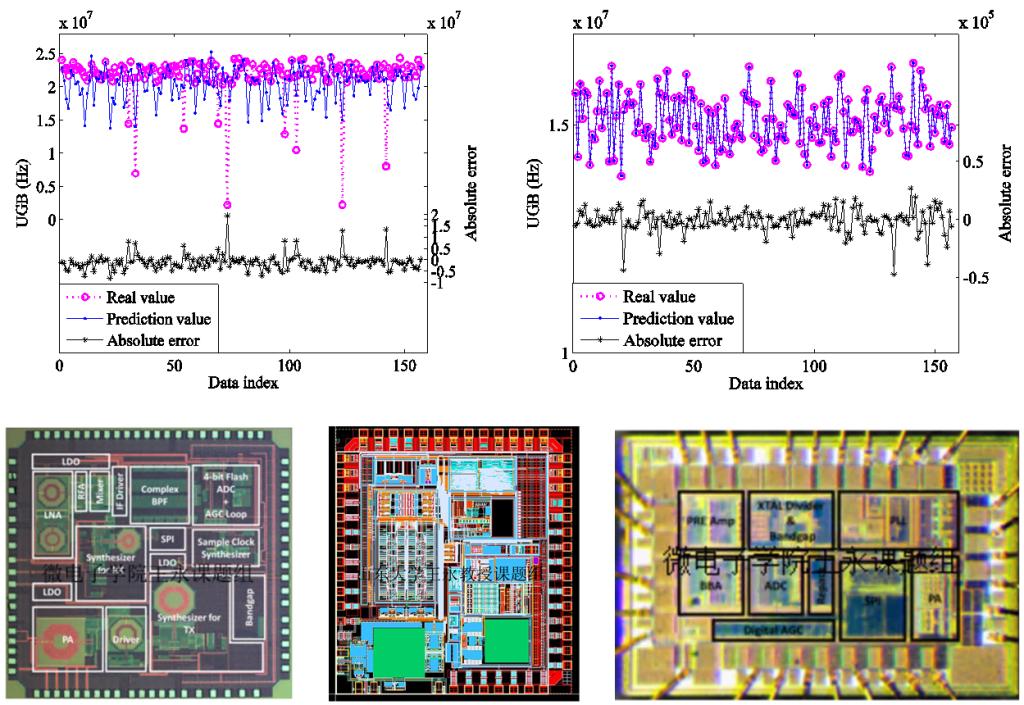
May 18, 2020
Prof. Wang Yong's Research Group Make New Progress in the Field of Integrated Circuit Design
Recently, the research group of Professor Wang Yong of the School of Microelectronics has made new progress in the field of computer aided integrated circuit chip design. A classic global optimization algorithm and an artificial intelligence based local minimum search are combined to speed up design space exploration tasks for analog circuits design. A research article was published in ICCAD to...
-
May 15, 2020
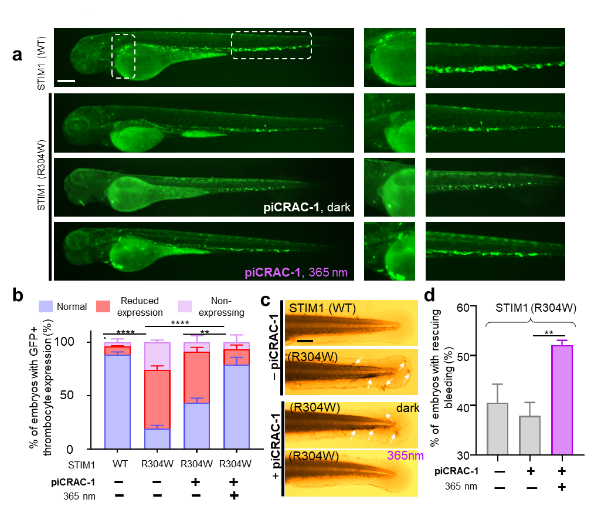
May 15, 2020
Prof. Li Minyong's Research Group Realize Optical Control of CRAC Channels
Ca2+ release-activated Ca2+ (CRAC) channel comprising STIM and ORAI proteins is a prototypical example of store-operated Ca2+ entry (SOCE) and serves as an indispensable high-ly-selective Ca2+ entry route in both excitable and non-excitable cells. SOCE is initiated by Ca2+ store depletion within the lu-men of the endoplasmic reticulum (ER) and subsequent multi-merization of the STIM1 ER-luminal...

NEWS & EVENTS
LINKS>
Copyright © Shandong University. All rights reserved. Presented by China Daily.






